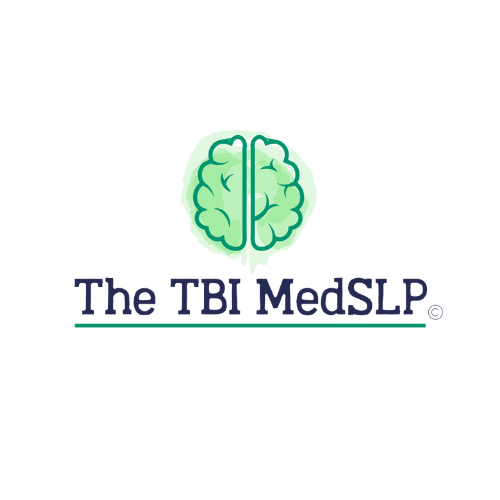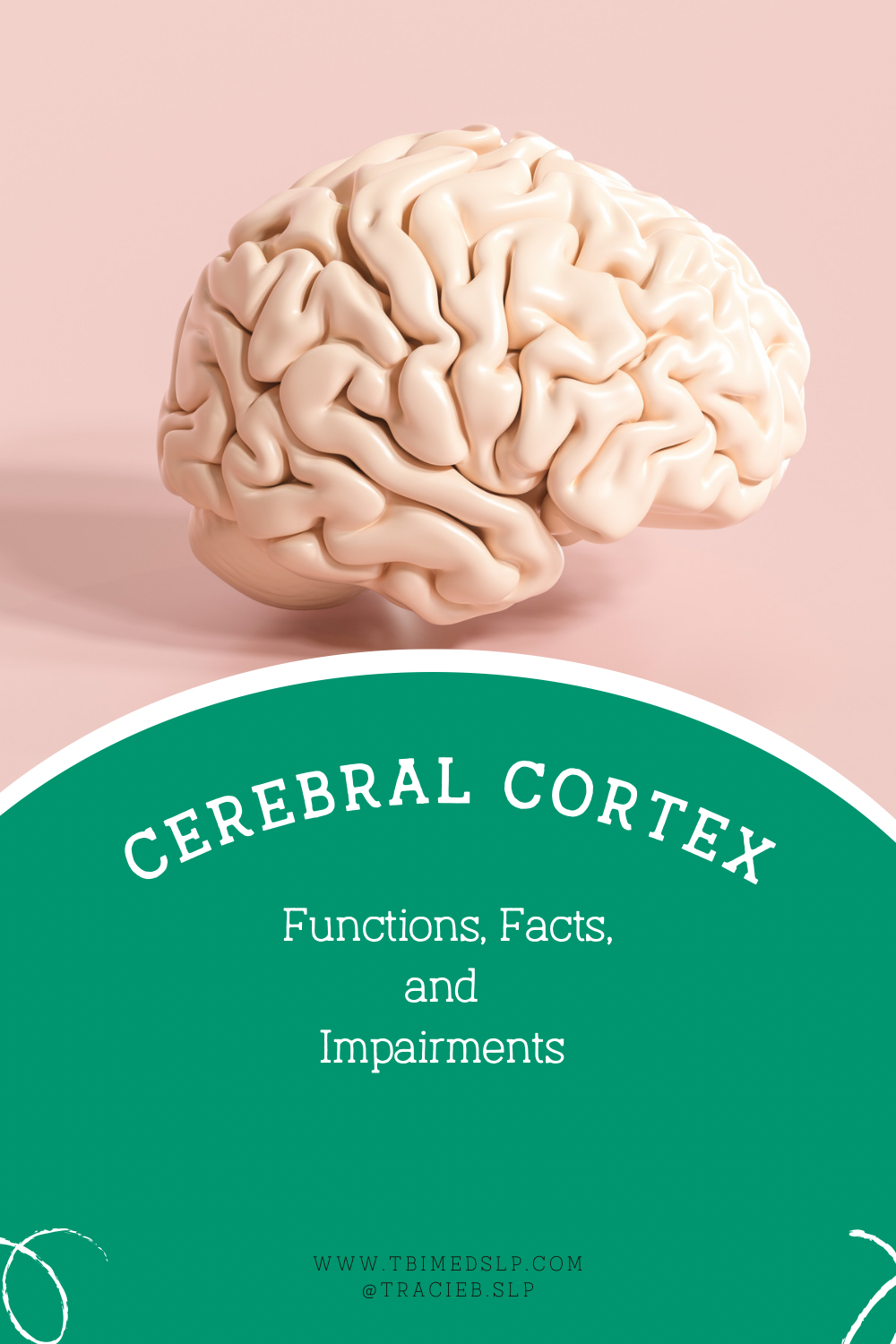The Cerebral Cortex: Functions and Understanding the Brain's Control Center
Our cerebral cortex is the core of our brain, often referred to as the powerhouse of the brain. In this post, we will explore this remarkable structure, exploring its intricacies and the pivotal role it plays in brain function.
The cerebral cortex is a thin layer of tissue that covers the outer surface of the brain. Composed of billions of interconnected neurons, forming a dense network of nerve cells. The cerebral cortex is responsible for higher cognitive functions. These include perception, attention, memory, language, and decision-making.
Neuroscientists have a better understanding of the cerebral cortex through in-depth research. These findings have shed light on how we perceive the world, process information, and interact with our environment.
Join me on this journey as we explore the cerebral cortex. We will discover the fascinating complexities that underlie our most fundamental brain functions.
Anatomy and structure of the cerebral cortex
The cerebral cortex has two hemispheres, the left and right. These hemispheres connect by a bundle of fibers called the corpus callosum. Each hemisphere consists of four lobes: the frontal lobe, parietal lobe, temporal lobe, and occipital lobe. Each lobe is responsible for specific functions. The lobes work together to integrate information from different parts of the brain.
The frontal lobe located at the front of the brain, is responsible for executive functions. These skills include decision-making, problem-solving, and planning. The parietal lobe located at the top of the brain, processes sensory information such as touch, temperature, and pain. The location of the temporal lobe is at the side of the brain. It processes auditory information and language comprehension. The occipital lobe found at the back of the brain processes visual information.
The cerebral cortex is also divided into six layers. Each layer with a different arrangement of neurons. The top layer, or the superficial layer, is composed of small, densely packed neurons that receive input from other parts of the brain. Larger neurons in the deeper layers send output to other parts of the brain. The arrangement of neurons in each layer is crucial for information processing and integration. Any disruption in this arrangement can lead to brain disorders and diseases.
Functions of the cerebral cortex
The cerebral cortex is responsible for a wide range of higher cognitive functions. These functions include perception, attention, memory, language, and decision-making. Different parts of the cortex work together to form a clear picture of the world around us.. The cerebral cortex also plays a role in sensory perception and motor control.
Role of the Cerebral Cortex in Sensory Perception
The cerebral cortex plays a large role in sensory perception. This is the process that we receive and interpret information from our environment. Different regions of the cerebral cortex are responsible for processing different sensory inputs, such as vision, hearing, touch, taste, and smell.
The parietal lobe is responsible for processing tactile information. For example touch, pressure, and temperature. The somatosensory cortex located in the parietal lobe, receives input from the skin, muscles, and joints. It is responsible for creating a map of the body in the brain.
The occipital lobe is responsible for processing visual information. The primary visual cortex located in the occipital lobe. It receives input from the eyes and creates a visual representation of the world around us. Organization of the visual cortex is in a hierarchical manner. The lower-level neurons process basic visual features such as edges and lines. The higher-level neurons are processing more complex features such as shapes and objects.
The Cerebral Cortex and Motor Control
The cerebral cortex is also responsible for controlling movement. This is a process that involves a complex interplay between different parts of the brain. The cerebral cortex enables us to initiate and coordinate voluntary movements. The motor cortex, located in the frontal lobe, is responsible for planning, executing, and refining movements throughout the body.
For example, when we decide to move a particular body part, the primary motor cortex sends a signal to the spinal cord. Then it sends a signal to the muscles to contract and produce movement.
The organization of the motor cortex is similar to the visual cortex. It has different regions of the cortex controlling different body parts. The motor cortex is also involved in the planning and execution of complex movements. For example, playing a musical instrument or typing on a keyboard.
Language and the Cerebral Cortex
Language is a complex cognitive function that involves the integration of multiple brain regions. The cerebral cortex plays a crucial role in language processing, with different regions of the cortex responsible for different aspects of language. Language processing involves multiple regions of the cerebral cortex, each specialized in different aspects of language, such as speech production, comprehension, and semantic processing.
The left hemisphere of the brain, in particular, is responsible for language processing in most people. The frontal lobe, for example, is responsible for the production of speech, while the temporal lobe is responsible for language comprehension. The Wernicke's area, located in the temporal lobe, is responsible for the comprehension of language, while the Broca's area, located in the frontal lobe, is responsible for the production of speech.
Memory and Cerebral Cortex
The cerebral cortex also plays a crucial role in memory and learning. The cerebral cortex allows us to acquire, store, and retrieve information. The cerebral cortex controls different types of memory in different regions. The hippocampus located in the temporal lobe, is responsible for the formation of new memories. The prefrontal cortex, located in the frontal lobe, is responsible for working memory. Working memory is the ability to hold and manipulate information in the mind.
The cerebral cortex is also involved in long-term memory storage. Different regions of the cortex are responsible for different types of memories. The temporal lobe is responsible for the storage of episodic memory, the memory of events and experiences. The parietal lobe is responsible for the storage of spatial memory, the memory of spatial locations and relationships.
Development and Neuroplasticity
The cerebral cortex is constantly changing and adapting to our environment. The development of the cerebral cortex begins early in fetal life and continues through adolescence.
During this period, the brain undergoes a process called neuroplasticity. Neuroplasticity is the brain's ability to change and adapt in response to experience and environment. The cerebral cortex is able to reorganize its connections and functions in response to injury, learning, and development because of neuroplasticity.
Understanding the development and plasticity of the cerebral cortex has provided valuable insights into how the brain develops and adapts. New possibilities have also opened up for neurorehabilitation and the treatment of developmental disorders, such as autism and intellectual disabilities.
Disorders, Impairments, and Diseases Affecting the Cerebral Cortex
The cerebral cortex is vulnerable to a wide range of diseases and disorders that can affect its structure and function. Neurodegenerative diseases such as Alzheimer's disease, characterized by the degeneration of neurons in the cerebral cortex, leads to memory loss and cognitive decline.
Other disorders, such as stroke and traumatic brain injury, can also affect the cerebral cortex.
Brain injuries that cause damage to the cerebral cortex can lead to:
Motor deficits
Sensory deficits
Language impairment
Cognitive dysfunction
The study of these disorders has provided valuable insights into the workings of the cerebral cortex. It has led to the development of new treatments and therapies to help those affected by these conditions.
Conclusion
The cerebral cortex plays a pivotal role in our complex cognitive functions, sensory perception, and motor skills. Located on the outermost layer of the brain, it is the epicenter of human consciousness and intelligence. Being more aware and having a better understanding of our brain helps us want to protect the one we have even more.



